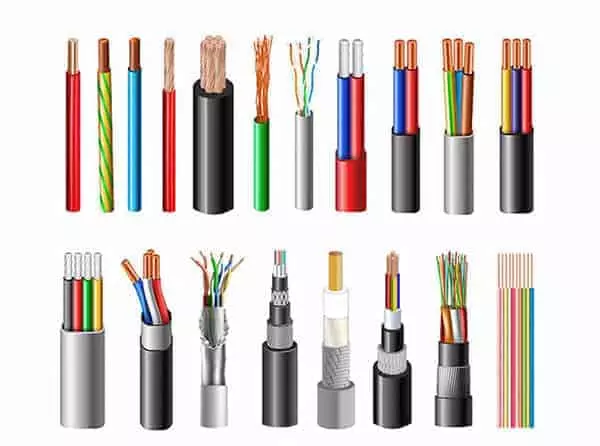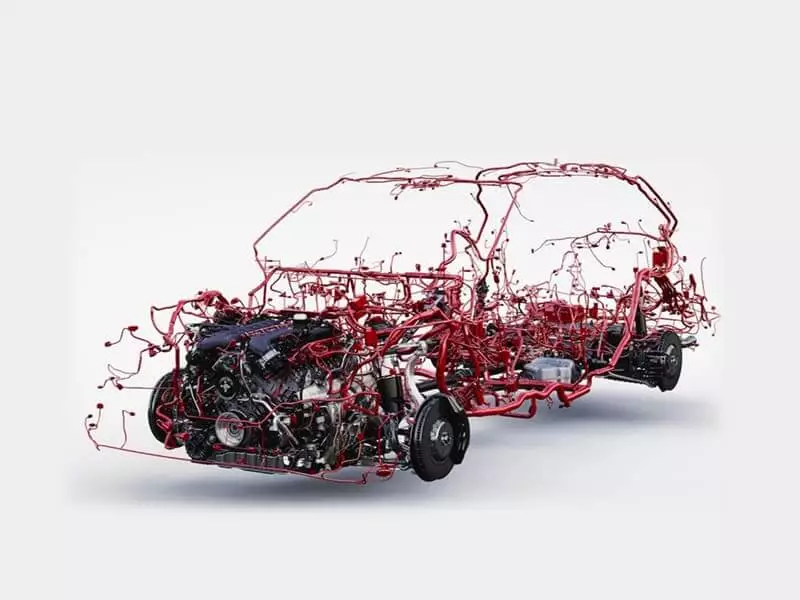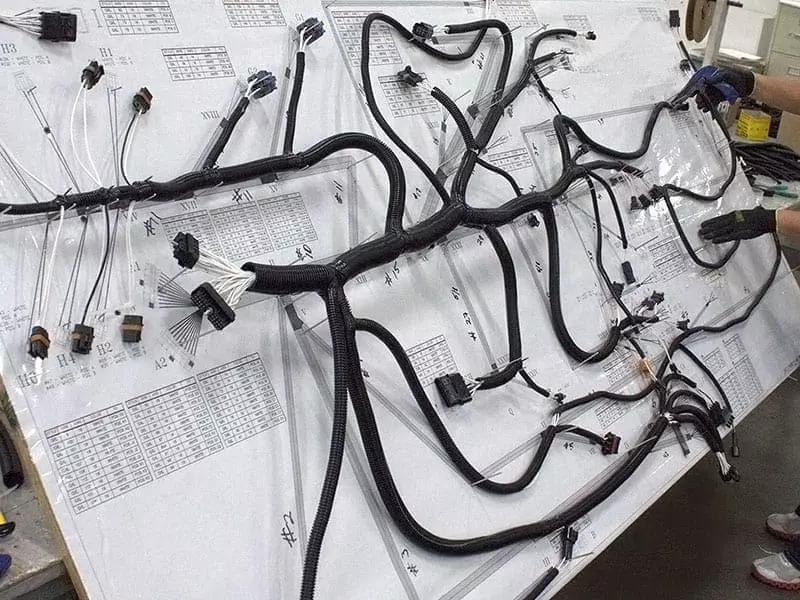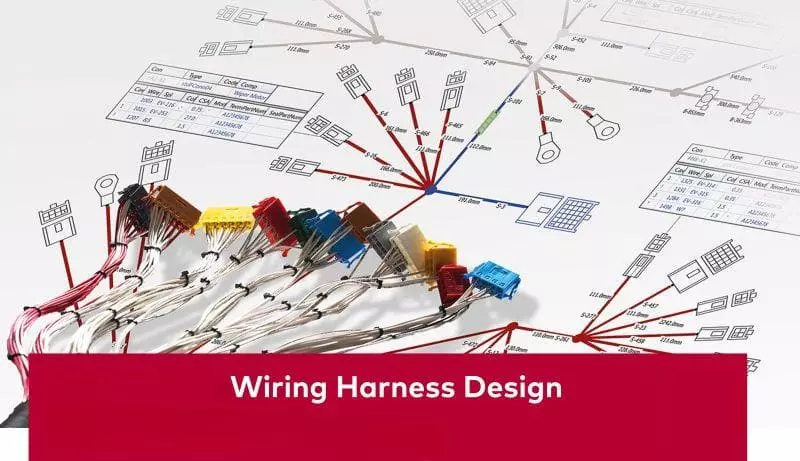top 10 Industrial Wire Harness Manufacturers in World 2026
Home » top 10 Industrial Wire Harness Manufacturers in World 2026
In modern manufacturing, industrial wire harnesses have become indispensable key components in industries such as automotive, new energy, industrial automation, rail transportation, and medical equipment. They not only transmit power and signals but also directly impact system safety and long-term reliability. As global supply chain competition intensifies,
companies are increasingly focusing on certification compliance, engineering capabilities, customized services, and delivery stability when selecting industrial wire harness manufacturers. This article will take you on an in-depth exploration of the top 10 industrial wire harness manufacturers by 2026, combining professional evaluation criteria to provide procurement and engineering teams with a high-value reference guide, helping you find the most suitable partners in the complex and ever-changing market.
What are industrial wire harnesses?
Industrial wire harnesses, also known as wire harnesses or wiring assemblies, are assemblies that combine multiple wires, cables, terminals, connectors, sheaths, and other components in an orderly manner according to specific circuit design and mechanical structure requirements. Their core functions are:
- Electrical function: to achieve reliable transmission of electrical power, signals, and data;
- Mechanical function: to secure, protect, and standardize wiring, thereby enhancing the durability and safety of the system.
Industrial wire harnesses are widely used in industries with high reliability requirements, such as automotive and new energy, industrial automation and robotics, rail transportation, medical equipment, aerospace, and power and energy systems.
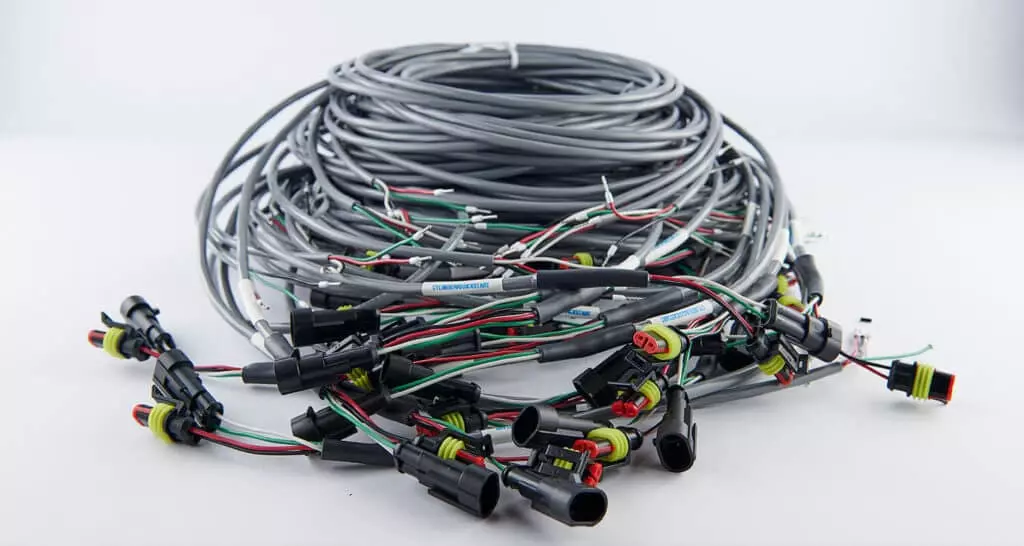
Core Value of Industrial Cable Assemblies
Reliability
- Control crimping, welding, and assembly processes through standards such as IPC/WHMA-A-620, UL, SAE, and MIL-Spec.
- Maintain stability in extreme environments such as high temperatures, high humidity, and vibration.
Efficiency & Maintainability
- Compared to single-wire cabling, harnesses offer higher integration and neater wiring.
- Facilitates modular design and quick installation/replacement.
Safety and Compliance
- Insulation and shielding materials must comply with RoHS, REACH, UL94 flame retardant, and other requirements.
- In industries such as medical and aerospace, compliance with industry certifications such as ISO 13485 and AS9100 is also required.
Customization
- Industrial wire harnesses are typically custom products, designed specifically according to electrical specifications (voltage, current, signal frequency) and operational requirements (temperature, bending radius, waterproof rating).
TOP 10 Industrial Wire Harness Manufacturers in World 2026
| Company | Headquarters | Certifications | Core Capabilities | Applications | Strengths & Limitations |
|---|---|---|---|---|---|
| TE Connectivity | Switzerland | UL, IATF16949, AS9100 | High-voltage/high-speed harnesses, multi-branch wiring, shielded cables | Automotive, Industrial automation, Medical | Full value chain coverage, strong in mass production; limited small-batch support |
| Aptiv | Ireland | UL, IATF16949 | EV high-voltage harnesses, smart E/E architectures, lightweight wiring | Automotive main harnesses, ADAS | Leader in automotive innovation; limited flexibility in small batches |
| Sumitomo Electric | Japan | UL, IATF16949 | Automotive harnesses, high-frequency cables, high-temperature wires | Automotive, Industrial control, Energy | Strong supply network; less flexible in customization |
| Yazaki | Japan | UL, IATF16949 | Large main harnesses, high-voltage harnesses, multi-branch wiring | Automotive, Energy | Dominant in automotive; limited in industrial sectors |
| Leoni | Germany | UL, IATF16949 | Robotics harnesses, high-speed data cables, lightweight wires | Industrial automation, Automotive, Renewable energy | Strong in industrial/robotics; relatively high cost |
| PKC Group (Motherson) | Finland | UL, IATF16949 | Heavy truck/railway harnesses, overmolded/encapsulated | Railway, Heavy equipment | Strong in harsh environments; less focus on small batches |
| Motherson Sumi Systems | India | UL, IATF16949 | Automotive harnesses, industrial wiring | Automotive, Railway, Industrial electronics | High cost-performance; less flexible in high-complexity projects |
| J.S.T. Manufacturing | Japan | UL, ISO9001 | Precision connector harnesses, high-frequency wiring | Industrial control, Medical, Consumer electronics | Strong in precision wiring; not suitable for high-power applications |
| Lear Corporation | USA | UL, IATF16949 | Full-vehicle wiring, modular harnesses, multi-layer shielding | Automotive, Industrial energy | Strong in system integration; limited outside automotive |
| Linkwings | China | UL, IATF16949, IPC/WHMA-A-620 | Custom industrial harnesses, multi-branch, shielded, high-temp wires | Robotics, Medical, Railway, Energy storage | Flexible for small-batch and fast delivery; scaling global footprint |
1. TE Connectivity (Switzerland)
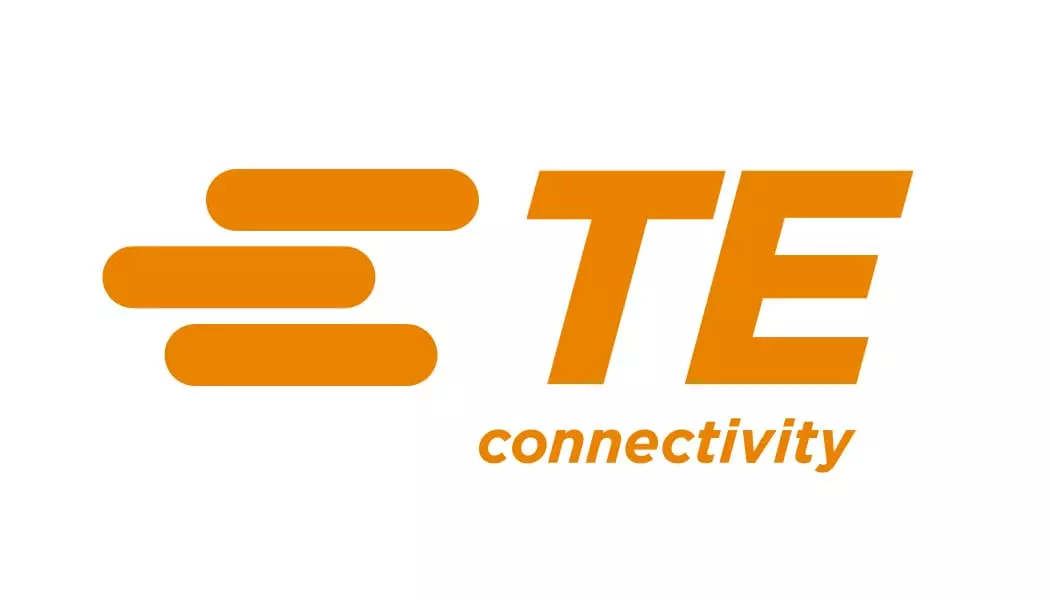
Company Overview: Headquartered in Schaffhausen, Switzerland, with factories and R&D centers in over 50 countries worldwide, operating in the Americas, Europe, and Asia.
Major Certifications: UL, IATF16949, AS9100, ISO 9001/14001.
Core Competencies:
- High-voltage/high-current wiring harnesses (EV/HEV applications)
- Multi-branch wiring harnesses and complex modular wiring
- Shielded cables and high-speed signal cables (Ethernet, fiber optic hybrid wiring harnesses)
- Comprehensive connector product portfolio support
Typical application areas: Main wiring harnesses for new energy vehicles, industrial automation equipment, and medical electronic systems.
Advantages and limitations:
- Advantages: Full-chain coverage (from connectors to complete wiring harnesses), strong R&D investment, and globally leading reliability.
- Limitations: Focused on large-scale OEM customers, with relatively limited support for customization and small-batch production.
2. Aptiv (Ireland)

Company Overview: Headquartered in Dublin, Ireland, with numerous factories in North America, Europe, and China.
Key Certifications: UL, IATF 16949, ISO 14001.
Core Competencies:
- High-voltage electric vehicle wiring harnesses (800V architecture)
- Smart electrical architecture (zonal architecture)
- Lightweight wiring and overmolding technology
Typical Application Areas: Automotive main wiring harnesses, ADAS systems, in-vehicle communication networks.
Advantages and Limitations:
- Advantages: Leading global innovation in automotive electrical architecture and smart wiring.
- Limitations: High industry concentration, primarily serving automotive OEMs, with limited coverage in industrial and small-batch markets.
3. Sumitomo Electric (Japan)
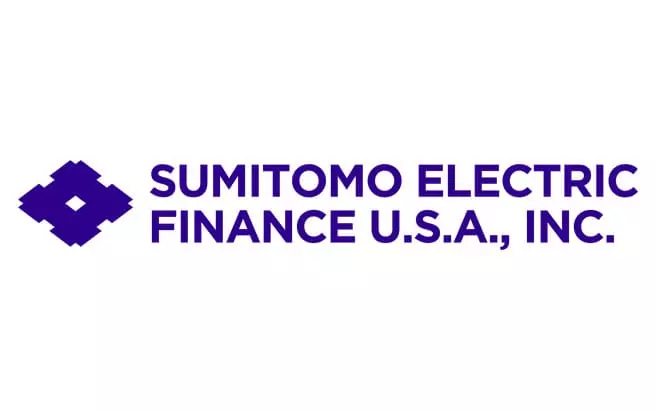
Company Overview: Headquartered in Osaka, Japan, with operations in over 40 countries worldwide, particularly strong production capacity in Asia and North America.
Key Certifications: UL, IATF 16949, ISO 9001.
Core Competencies:
- Large-scale automotive wiring harness manufacturing
- High-frequency signal cables (5G/in-vehicle Ethernet)
- High-temperature wires (ETFE/PTFE)
Typical Application Areas: Automotive main wiring harnesses, energy equipment wiring, industrial control systems.
Advantages and Limitations:
- Advantages: Well-established global supply network and exceptional scalability.
- Limitations: Better suited for large-scale, long-term projects; limited flexibility for customization for small and medium-sized clients.
4. Yazaki (Japan)
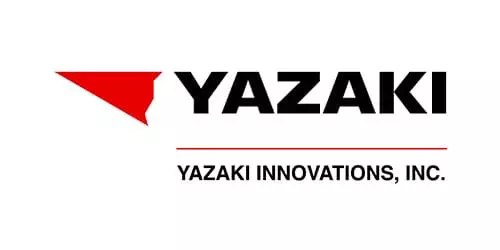
Company Overview: Headquartered in Shizuoka, Japan, with manufacturing bases in over 45 countries worldwide, Yazaki has been the global leader in automotive main wiring harnesses for many years.
Major Certifications: UL, IATF16949, ISO 14001.
Core Competencies:
- Large-scale main wiring harnesses (engine compartment, body main wiring harnesses)
- High-voltage electric vehicle wiring
- Complex branch structure wiring
Typical Application Areas: Automotive vehicle wiring, energy, and industrial applications.
Advantages and Limitations:
- Advantages: Top-tier global capabilities in automotive industry supply chain integration.
- Limitations: Primarily focused on the automotive sector, with limited expansion into other industrial markets.
5. Leoni (Germany)

Company Overview: Headquartered in Nuremberg, Germany, with factories in Europe, the Americas, and Asia, Leoni has a strong presence in the European market.
Main Certifications: UL, IATF16949, ISO 9001/14001.
Core Competencies:
- Industrial automation and robotics wiring harnesses
- Lightweight and environmentally friendly cables
- Shielded and high-speed communication cables
Typical Application Areas: Industrial robots, automotive, renewable energy systems.
Advantages and Limitations:
- Advantages: Extensive experience in industrial and robotics fields, with deep market penetration in Europe.
- Limitations: Relatively high costs, limited adaptability to the Asian market.
6. PKC Group (Finland, a subsidiary of the Motherson Group)
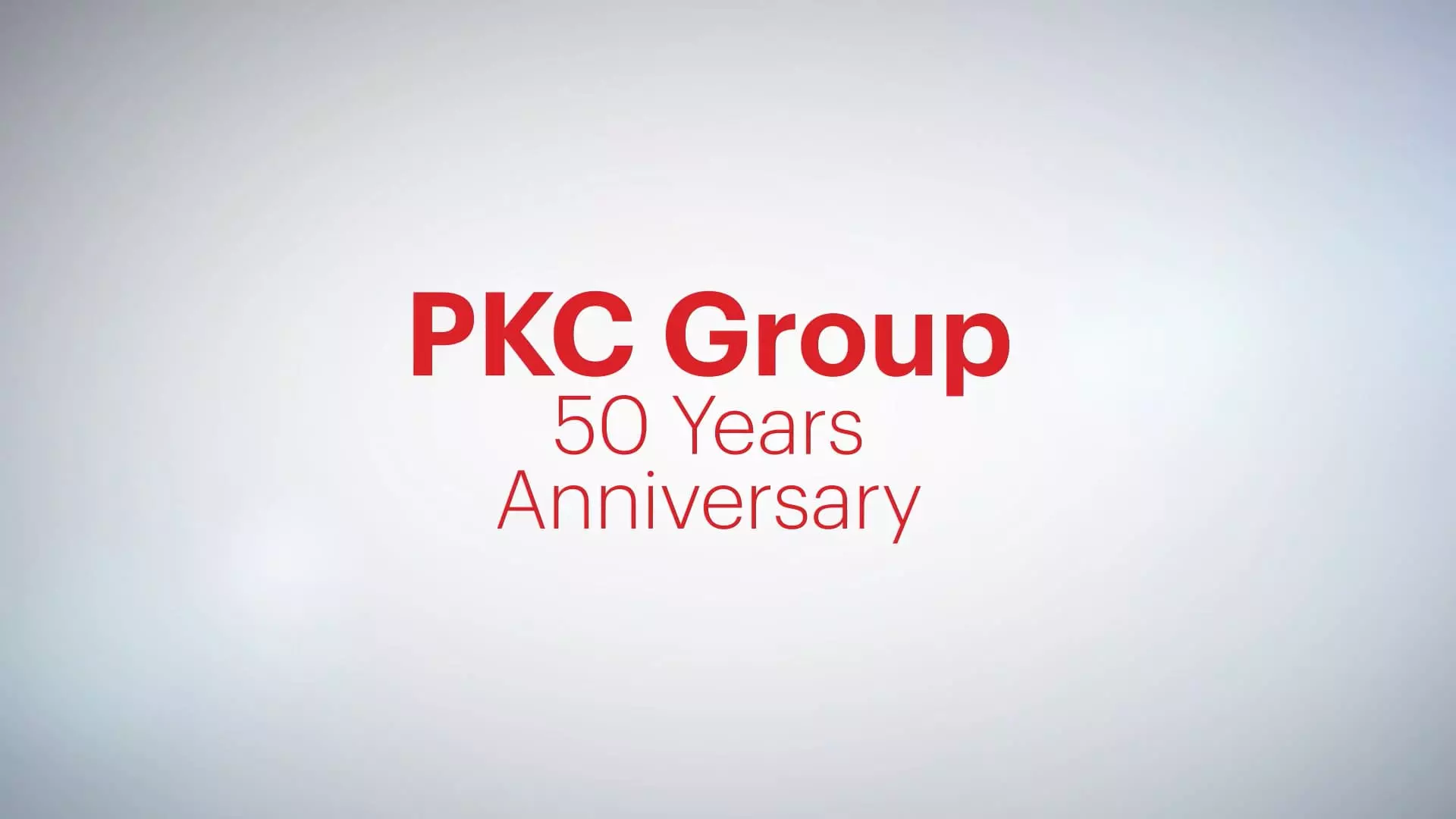
Company Overview: Headquartered in Helsinki, Finland, with operations spanning Europe, the Americas, and Asia.
Key Certifications: UL, IATF 16949, ISO 9001.
Core Competencies:
- Heavy-duty truck and rail transit wiring harnesses
- High-strength overmolding and potting
- High-current branch structure wiring
- Typical Application Areas: Commercial vehicles, railway locomotives, industrial heavy equipment.
Advantages and Limitations:
- Advantages: Excels in harsh operating conditions and heavy industrial applications.
- Limitations: Focuses on niche industries and is less responsive to light industry and small-batch customization.
7. Motherson Sumi Systems (India)
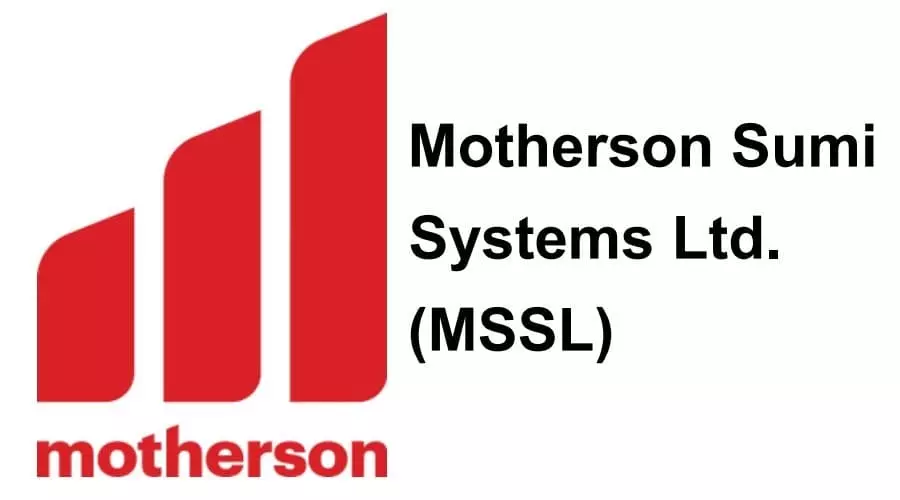
Company Overview: Headquartered in New Delhi, India, it is one of the top five global automotive wiring harness suppliers, with factories in over 40 countries.
Key Certifications: UL, IATF 16949, ISO 14001.
Core Competencies:
- Automotive full-vehicle wiring harnesses
- Industrial and appliance wiring
- High-volume, low-cost manufacturing
Typical Application Areas: Automotive, rail transportation, industrial electronics.
Advantages and Limitations:
- Advantages: High cost-effectiveness, global factory network, suitable for large-scale production.
- Limitations: Less flexible than European, American, and Japanese manufacturers in high-complexity custom projects.
8. J.S.T. Manufacturing (Japan)
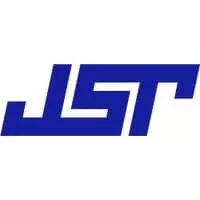
Company Overview: Headquartered in Osaka, Japan, specializing in connector and cable harness solutions, with manufacturing centers in Asia and the Americas.
Major Certifications: UL, ISO 9001, ISO 14001.
Core Competencies:
- Precision small connectors and wiring harnesses
- High-speed signal and industrial electronics wiring
- High-density termination technology
- Typical Application Areas: Industrial control systems, medical devices, consumer electronics.
Advantages and Limitations:
- Advantages: Unique strengths in small precision connectors and high-density wiring.
- Limitations: Not suitable for high-power, high-current wiring harness projects.
9. Lear Corporation (United States)

Company Overview: Headquartered in Michigan, United States, Lear Corporation is a major supplier in the automotive electronics and electrical systems field.
Key Certifications: UL, IATF 16949, ISO 9001.
Core Competencies:
- Full-vehicle wiring architecture
- Smart modular wiring harnesses
- Multi-layer shielding and high-frequency communication wiring
Typical Application Areas: Automotive electrical systems, industrial energy equipment.
Advantages and Limitations:
- Advantages: Strong system integration capabilities, suitable for large-scale OEM projects.
- Limitations: Business focus is on the automotive sector, with limited investment in non-automotive industrial markets.
10. Linkwings (China)
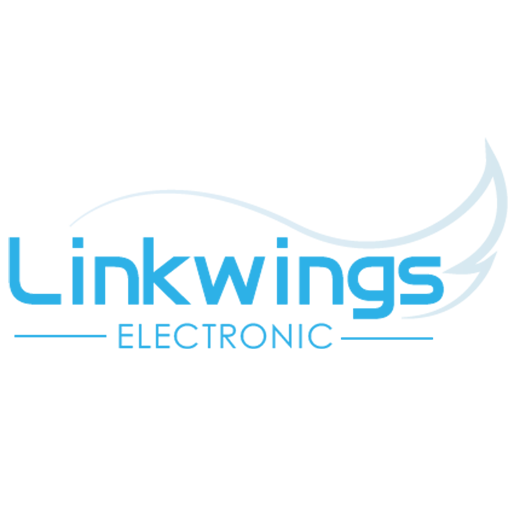
Company Overview: Headquartered in China, with manufacturing and engineering centers in the Yangtze River Delta region, serving customers in Asia-Pacific, Europe, and North America.
Key Certifications: UL (E-File), ISO 9001, IATF 16949, IPC/WHMA-A-620 Class 3.
Core Competencies:
- Customized industrial cable harness design and manufacturing
- Overmolding/potting, multi-branch complex wiring
- Shielded cable harnesses and high-temperature materials (PTFE/ETFE/XLPE)
- Small-batch rapid prototyping (engineering samples available within 1 week)
Typical application areas: Industrial robots, medical imaging equipment, railway control cabinets, new energy storage systems.
Advantages and limitations:
- Advantages: Flexible support for small to medium batches and rapid delivery, engineering team provides DFM and BOM optimization, suitable for high-complexity projects.
- Limitations: Large-scale mass production and global supply network are still in the expansion phase.
Wire Harnesses Supplier Selection Guide
Choosing the right industrial wire harness manufacturer is not just about price; it is also about product reliability, safety, compliance, and long-term costs. The following are key dimensions and practical suggestions for supplier selection from an engineering and procurement perspective.
Step 1: Certifications & Compliance
Suppliers must have certifications that match the industry, otherwise their products cannot enter the target market.
General standards:
- UL (such as UL 758, UL 62) → Wire and component safety
- IPC/WHMA-A-620 → Wire harness assembly process standards (Class 2/3 suitable for industrial and aerospace medical applications)
Industry-specific standards:
- IATF 16949 (Automotive)
- AS9100 (Aerospace)
- ISO 13485 (Medical Devices)
- EN 45545 (Railway Flame Retardant)
Environmental and Regulatory: RoHS, REACH, Conflict Minerals (CMRT), UL94 Flame Retardant Rating
Verify that suppliers can provide valid certificate numbers, third-party audit records, and COC/COA documents.
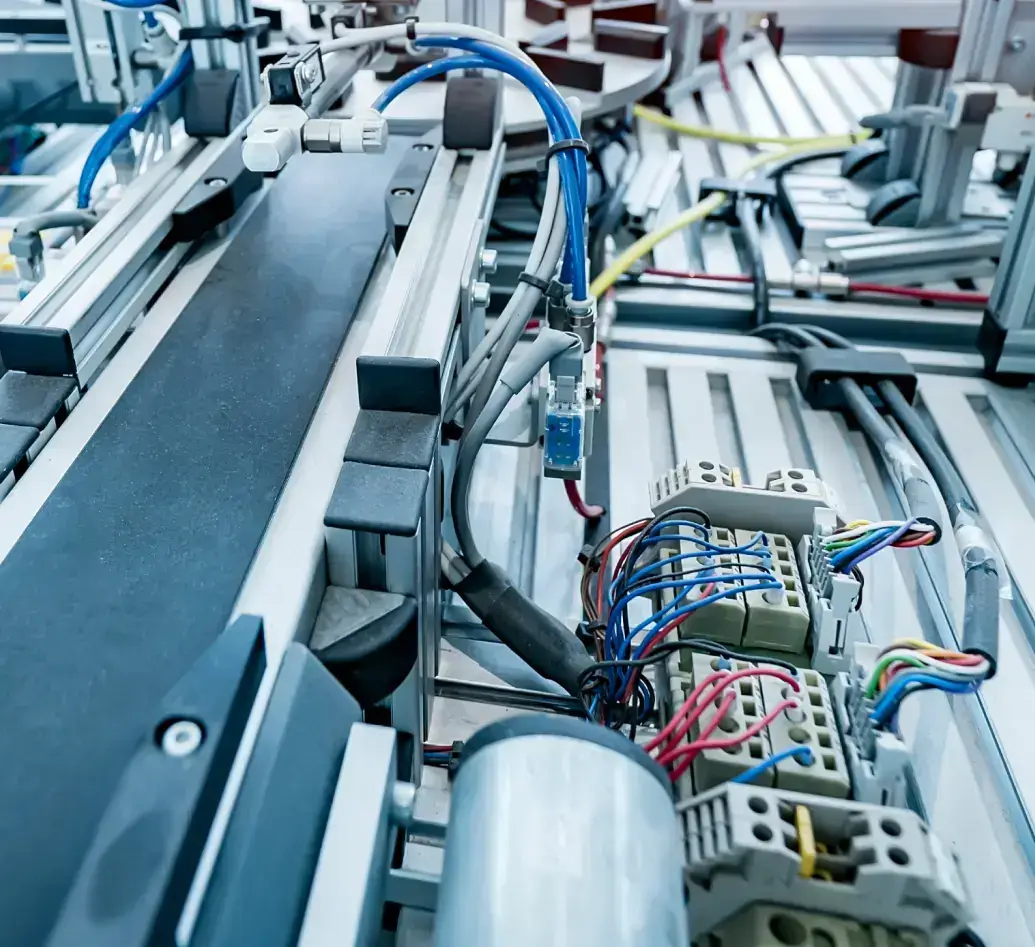
Step 2: Engineering Capability
A quality supplier is not only a “manufacturer” but also an “engineering partner.”
- DFM: Can identify potential risks (such as insufficient bending radius or insufficient crimping space) during the design phase.
- Material selection recommendations: Based on current, voltage, temperature rise, EMI, and mechanical stress, recommend suitable wire materials (such as XLPE, ETFE, PTFE).
- EMI/EMC control: Experience in shielding/grounding design.
- Simulation and verification capabilities: Ability to perform thermal analysis, vibration/lifetime simulation.
Suppliers with engineering teams can help users reduce the risk of rework and quality control issues in the later stages.
Step 3: Manufacturing & Testing Capability
The key lies in “process consistency” and “100% testing.”
Process Capabilities: Automatic crimping machine, overmolding/potting, corrugated tubing, shielded braiding.
Testing Equipment:
- Electrical: Continuity testing, withstand voltage (Hipot), insulation resistance (IR), contact resistance
- Mechanical: Pull-off force, bending, torque
- Environmental: High/low temperature cycling, vibration, salt spray, humidity/heat
Process control: crimping height, crimping pull force, terminal microscopic section inspection.
It is recommended that users require suppliers to provide first article inspection (FAI) reports, PPAP, or consistency test data.
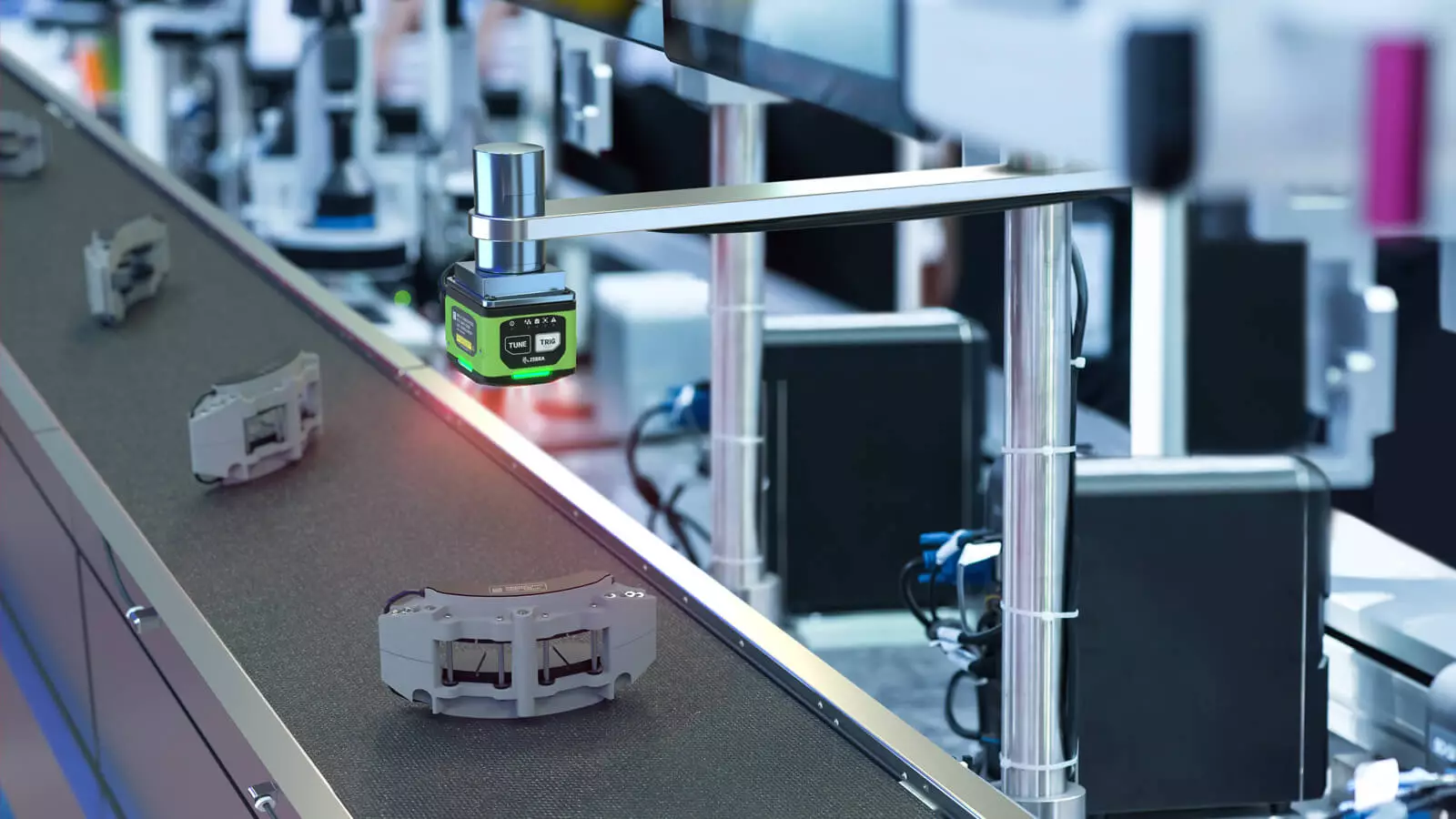
Step 4: Industry Experience & Case Studies
Experienced suppliers can understand industry pain points more quickly.
- Automotive: Main harnesses, high-voltage battery harnesses
- Industrial automation/robotics: High-flexibility harnesses capable of withstanding millions of bends
- Medical: Low noise, high signal integrity, Class 3 process
- Rail transportation: Flame-retardant, low smoke, halogen-free, EN45545 certified
Selecting suppliers with successful case studies in the same or similar applications can significantly reduce risks.
5. Delivery & Supply Chain Management
- Delivery Time & Sample Cycle: Does the supplier support rapid prototyping (1-2 weeks) and a stable mass production cycle?
- MOQ (Minimum Order Quantity): Can the supplier support small batch/multiple batch orders?
- Supply Chain Resilience: Does the supplier have a multi-factory layout and alternative solutions for critical materials?
- Logistics and Warehousing: Can you provide secure packaging, anti-static, and moisture-proof solutions?
A reliable industrial wire harness supplier should have production capacity redundancy and a diversified supply network to handle sudden demand spikes.
6. Cost & Value
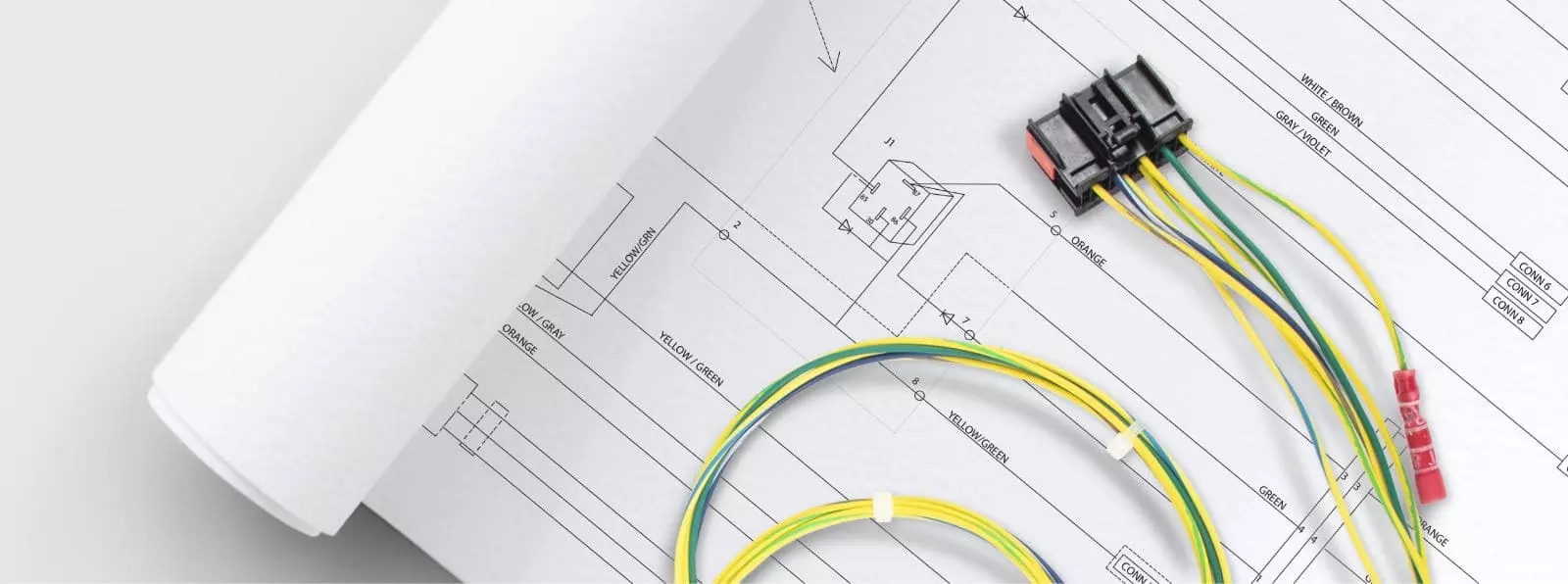
Cost is not just the quotation, but the total cost over the entire life cycle.
- Direct costs: wire, terminals, connectors, tooling, labor.
- Indirect costs: rework, downtime, losses due to quality issues.
- Value-added capabilities: ability to provide BOM optimization recommendations, tooling sharing, and standard part substitutions.
The optimal choice is a balance between reasonable pricing, engineering support, and risk reduction.
7. Quality & Traceability
- Quality control system: Does it comply with ISO 9001 and IATF 16949?
- Traceability: Can it be traced back to the wire batch, terminal LOT, and crimping machine number?
- Documentation system: PPAP, FAI, inspection reports, calibration certificates.
Quality transparency and data traceability are important indicators of a supplier’s professionalism.
FAQs
Q1: What are the commonly used conductor materials for industrial wire harnesses?
A1: The most common are copper conductors (bare copper or tin-plated copper) due to their superior electrical conductivity and mechanical properties. In weight-sensitive large-scale systems (such as power or renewable energy applications), aluminum conductors may also be used. However, copper wires generally outperform aluminum wires in terms of corrosion resistance, welding reliability, and termination reliability, making them more commonly used in industrial wire harnesses.
Q2: What insulation materials are commonly used in high-temperature environments?
A2: Depending on environmental requirements, high-temperature wire harnesses can use:
- XLPE (cross-linked polyethylene): Temperature-resistant up to 125–150°C, commonly used in automotive and industrial equipment.
- ETFE/FEP/PTFE (fluoropolymers): Temperature resistance of 150–260°C, with excellent chemical resistance, commonly used in aerospace and military applications.
- Silicone rubber: Temperature resistance of -60 to 200°C, with good flexibility, suitable for complex wiring.
- Polyimide (PI/Kapton): Temperature resistance ≥200°C, commonly used in extreme environments.
Q3: Can an industrial cable harness contain different types of wires?
A3: Yes, and this is very common in modern industrial cable harnesses. For example:
- Power wires (thicker copper wires for current transmission)
- Signal wires (shielded or twisted, used for sensors and control signals)
- Communication wires (e.g., CAN, Ethernet)
The key is to ensure proper EMI suppression, sheath protection, and consistent termination in the design to guarantee reliability and safety.
Conclusion
Industrial wire harnesses serve as the “nervous system” of equipment, and their reliability directly impacts the performance and lifespan of the entire machine. When selecting a wire harness manufacturer, it is essential to consider not only price but also certifications, engineering capabilities, manufacturing processes, testing systems, and delivery reliability. The list of the top ten global industrial wire harness manufacturers for 2026, as outlined in this article, highlights the diverse strengths of companies ranging from multinational giants to specialized custom manufacturers, providing a practical reference framework for procurement and engineering teams.
Linkwings Value Proposition:
As a professional industrial wiring harness manufacturer (Linkwings), we specialize in customized solutions, small-batch rapid delivery, and adaptation to complex operating conditions, strictly adhering to international standards such as IPC/WHMA-A-620, UL, and IATF 16949. Whether it’s robotics, medical imaging equipment, or rail transportation and new energy applications, Linkwings can provide engineering support, reliable manufacturing, and traceable quality assurance for our customers. Contact us today for a free consultation or sample to select the most suitable cable harness solution for your project.
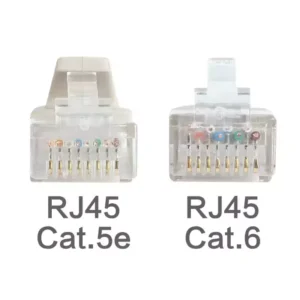
What is the Difference Between Cat5e and Cat6 RJ45 Connectors?
Table of Contents Wh
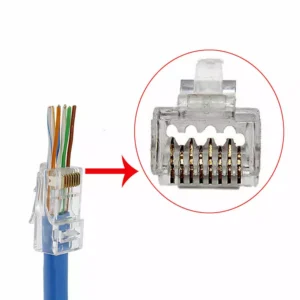
What is RJ45 Connector?
Table of Contents In
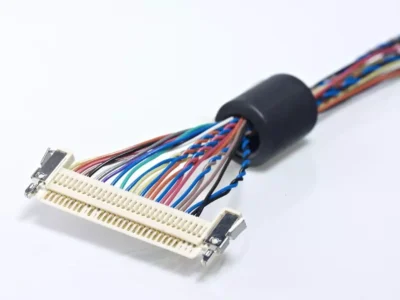
Top 10 LVDS Cable Manufacturers in World 2026
Table of Contents In

How to Check Lvds Cable?
Table of Contents In

